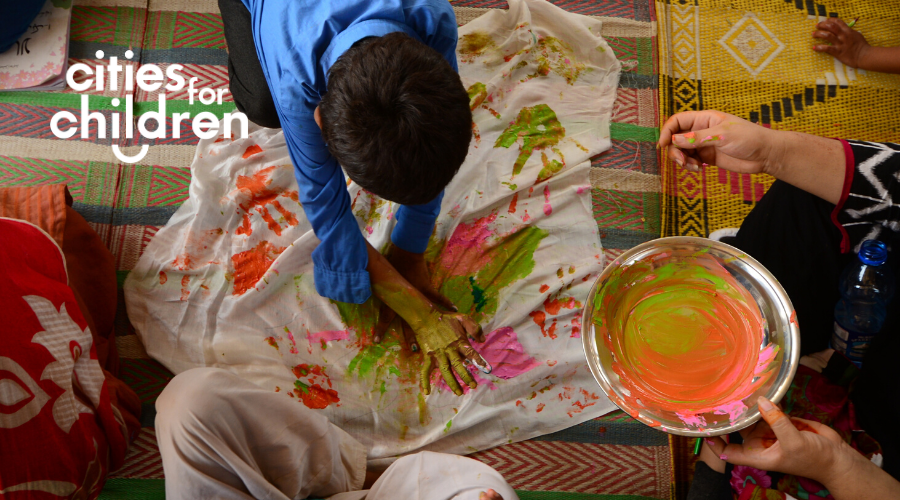This article was first Published in Dawn on July 3rd 2020, Pakistan’s oldest English newspaper.
by Madeeha Ansari, Founder
CHILDHOOD is a precious, fleeting experience. As we navigate our way through the most extraordinary time in living memory, one of the most important things we can do is to remember how this time will define the earliest memories for an entire generation, growing up in the ‘new normal’.
To understand what the Covid-19 crisis has meant for children from all socioeconomic backgrounds requires stepping out of our shoes and into smaller ones. To varying degrees, it has meant: No school. No friends. Fear of hugs. Stressed adults. Sibling care. More time. Less time. The trauma of unexplainable loss affecting people in inner as well as peripheral circles, and an invisible terror that pervades every space, spares no one — and is seemingly without end.
The reality of phenomena like ‘no school’ translates into learning losses from which it may take years to recover. A study of the 2005 Kashmir earthquake by the Harvard LEAPS project found that four years after the disaster, children who had missed three months of school were 1.5 years behind where they should have been. Since students were behind the curriculum when schools reopened, they continued to fall further back. The story of education during the pandemic has not been a uniform one; those for whom digital options are not viable have struggled to keep learning, and will continue to do so unless low- or no-tech options are truly strengthened.
However, there is a radical argument to be made even for children who are soldiering on with access to Zoom: perhaps we need to be worrying them less, and giving them more space to play. Schools are closed and we urgently need to think about mitigating imminent learning losses. But there is one big missing piece in the conversation in Pakistan: children’s learning is affected by multiple factors, one of which is well-being. There is a lot of science to support the positive impact of happy, playful experiences on brain development for young children; they can provide respite from the stressors of everyday reality, and can help build the resilience to keep coping and hoping.
What has the crisis meant for children’s well-being?
Let’s then take a closer look at those who have been disproportionately affected by the pandemic. Children in fragile households are experiencing even higher levels of vulnerability. Those at risk of being forced into child labour are experiencing higher push factors from families whose livelihoods are impacted. Those who were already vulnerable to abuse are facing increasing risks due to stress faced by adult caregivers — evidenced by more calls to children’s helplines globally. In India, calls went up 50 per cent during the height of lockdown, reporting cases from violence to child marriage. Compounding these are real fears surrounding the virus, which may have a lasting psychological impact. The motivation to engage with learning and return to school, particularly for those already at risk of dropping out, will be even lower than before.
In June, the Ministry of Human Rights launched a directory of organisations for reporting abuse. There have been a number of other significant steps in an incredibly short time span: a bill to declare domestic labour hazardous for children, and the convening of an official National Commission for the Rights of the Child. In its first public message, the NCRC stated, “it is adamant that the child be given the environment that is needed to raise a productive citizen”.
If we care about creating that environment — making sure children are going to school, learning all they can and able to be their best selves — it is crucial to remember that this environment also includes social, mental and emotional well-being. The lens of well-being is a powerful one that can impact all aspects of the Covid-19 response and what comes after.
Public service messages, for instance, need not only include an emphasis on masks and handwashing, but can actually be tailored to help both adults and children with coping, even teach adults to support children better. Teleschool broadcasts could incorporate a similar dimension, and take a more structured approach to boost resilience. A big part of a return to school should go beyond basic literacy and numeracy, to enabling teachers to be supportive attachment figures especially for children facing difficult circumstances at home. And a common thread running through these would be the provision of playful experiences for children to cope better — and emerge stronger.
Protecting children’s rights can seem like a massive undertaking when there are so many structural factors threatening them. Protecting childhood may seem like an even more elusive idea. However, if we are able to step into smaller shoes, simple solutions will suggest themselves as we walk through this extraordinary time.

